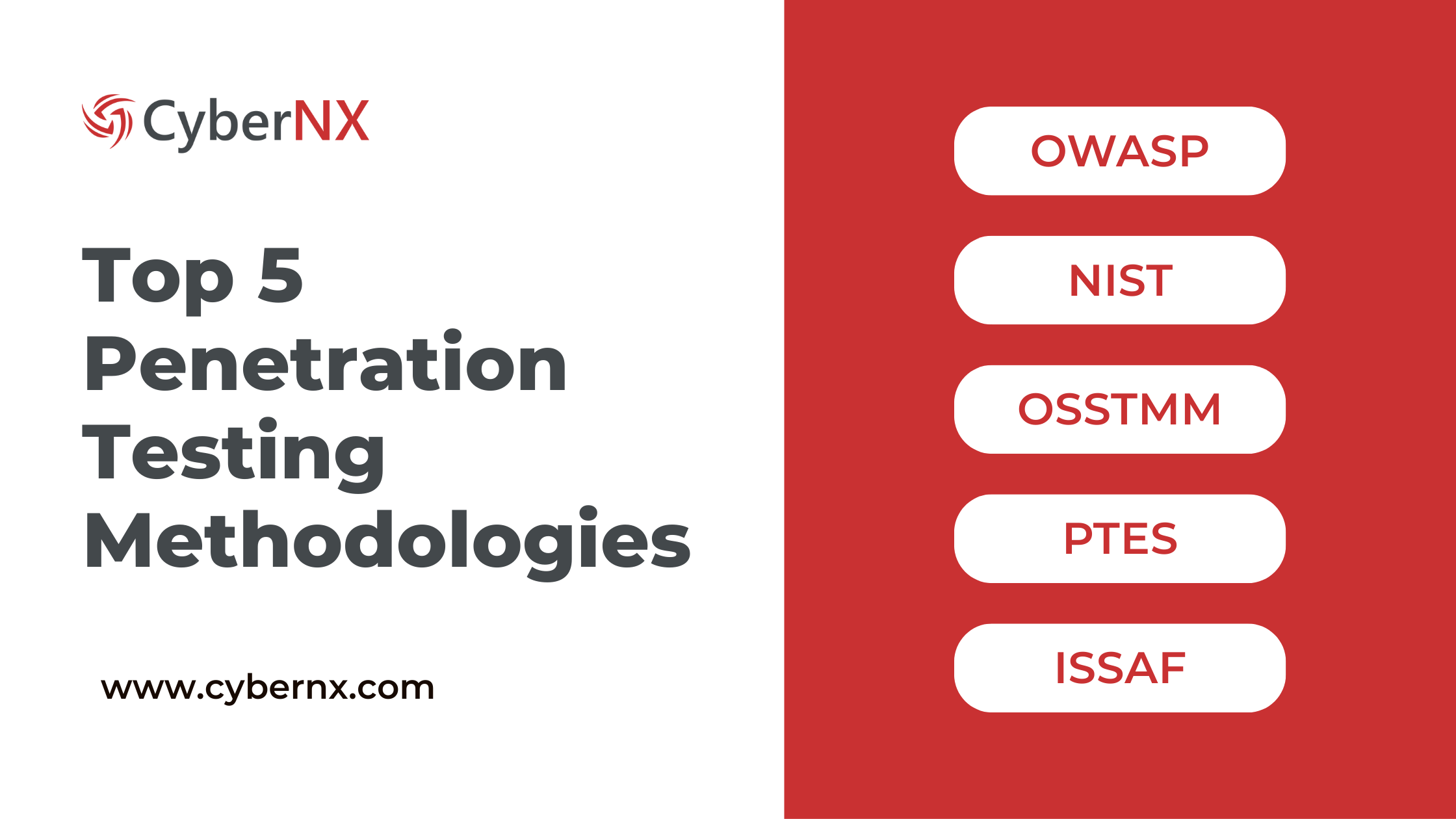
SEBI CSCRF Deadline Extended. Secure Your Organization NOW!
The Securities and Exchange Board of India (SEBI) has recently provided much-needed relief to Regulated Entities (REs) by extending the
Contents
The RBI Master Direction aims to enhance the IT governance, risk management, controls, and assurance practices of regulated entities (REs). The Master Direction consolidates and updates previous guidelines on IT governance, risk, controls, assurance practices, and business continuity/disaster recovery management. It applies to scheduled commercial banks (excluding regional rural banks), small finance banks, payments banks, non-banking financial companies, credit information companies, and all India financial institutions. The Master Direction comes into effect from 1 April 2024 and is applicable to following entities:
Complying with Master Direction involves sustained efforts. Regulated Entities can adopt a phased approach for conducting gap assessment and ensuring compliance with the RBI Master Direction.
The following table provides a checklist of key implementation items along with detailed guidelines and relevant questions to aid in tracking progress.
| Implementation Item | Implementation Guidelines |
| Establish IT Strategy Committee (ITSC) |
|
| Define Roles and Responsibilities |
|
| Develop Information Security and Cyber Security Policies |
|
| Conduct Risk Assessment |
|
| Implement Vulnerability Assessment and Penetration Testing |
|
| Develop Business Continuity and Disaster Recovery Plan |
|
| Establish IS Audit Function |
|
Note: It is important to note that this checklist is not exhaustive, and organisations should refer to the complete RBI Master Direction for detailed requirements or reach out to CyberNX for detailed discussion on compliance requirements.
CyberNX can assist Regulated Entities (REs) in conducting comprehensive gap assessments and achieving compliance with RBI Master Directions. Our services include implementing controls and automating compliance processes, creating dashboards, generating detailed reports, and more. Contact us today to streamline your RBI Master Direction compliance journey.
Share on
RESOURCES

The Securities and Exchange Board of India (SEBI) has recently provided much-needed relief to Regulated Entities (REs) by extending the

Cyberattacks are a constant threat. But what if you could fight fire with fire? Penetration testing methodologies are the tools

In the fast-paced world of cybersecurity, staying ahead of evolving threats requires more than just reactive measures. CISOs, CXOs, and
RESOURCES
Cyber Security Knowledge Hub
Copyright © 2025 CyberNX | All Rights Reserved | Terms and Conditions | Privacy Policy